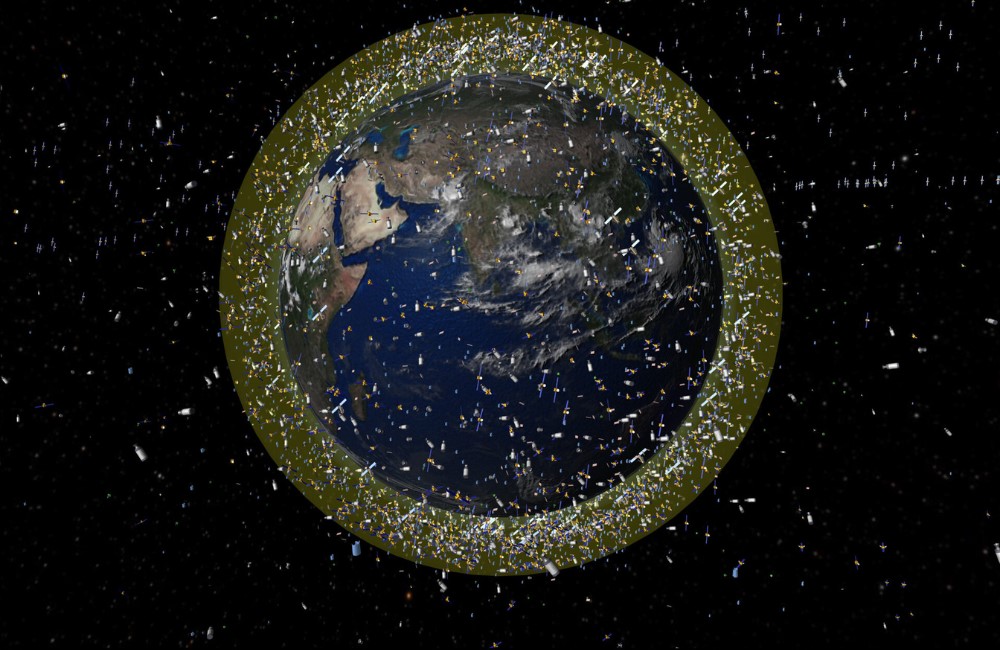This website uses cookies so that we can provide you with the best user experience possible. Cookie information is stored in your browser and performs functions such as recognising you when you return to our website and helping our team to understand which sections of the website you find most interesting and useful.


The last in a series of four talks on Conserving the Planet in partnership with the Herschel Society and BRLSI.
Near-Earth space is littered with hundreds of millions of man-made objects rushing at very high speeds and risking collisions with each other and with every space platform. The new constellations of thousands of satellites will be at risk; they also increase the risks, through chain collisions, accidental deorbiting and other accidents.
In 2021, the G7 Summit committed to “safe and sustainable use of space”. The UN Space2030 agenda recommended “enhanced information exchange on space objects”. But how do we detect objects, mostly smaller than a centimetre, fast enough and far enough?
This talk will present the current situation, from space collisions to intentional creation of space debris, the approaching Kessler Syndrome and the geopolitical context, in Earth and beyond. Drawing on the speaker’s direct experience, we will then look at technological solutions and policy implications.
Philippe Blondel is a remote sensing expert. Born and educated in France, his PhD was about the radar imaging of the planet Venus. He co-authored the White Paper on “In-Space Utilisation of Asteroids” (2017) and experimented and published on imaging space debris and small targets (2018, 2019). His Knowledge Transfer activities include working with industry and participating to the UK Parliament Office of Science and Technology on “Defence of space-based assets”.


